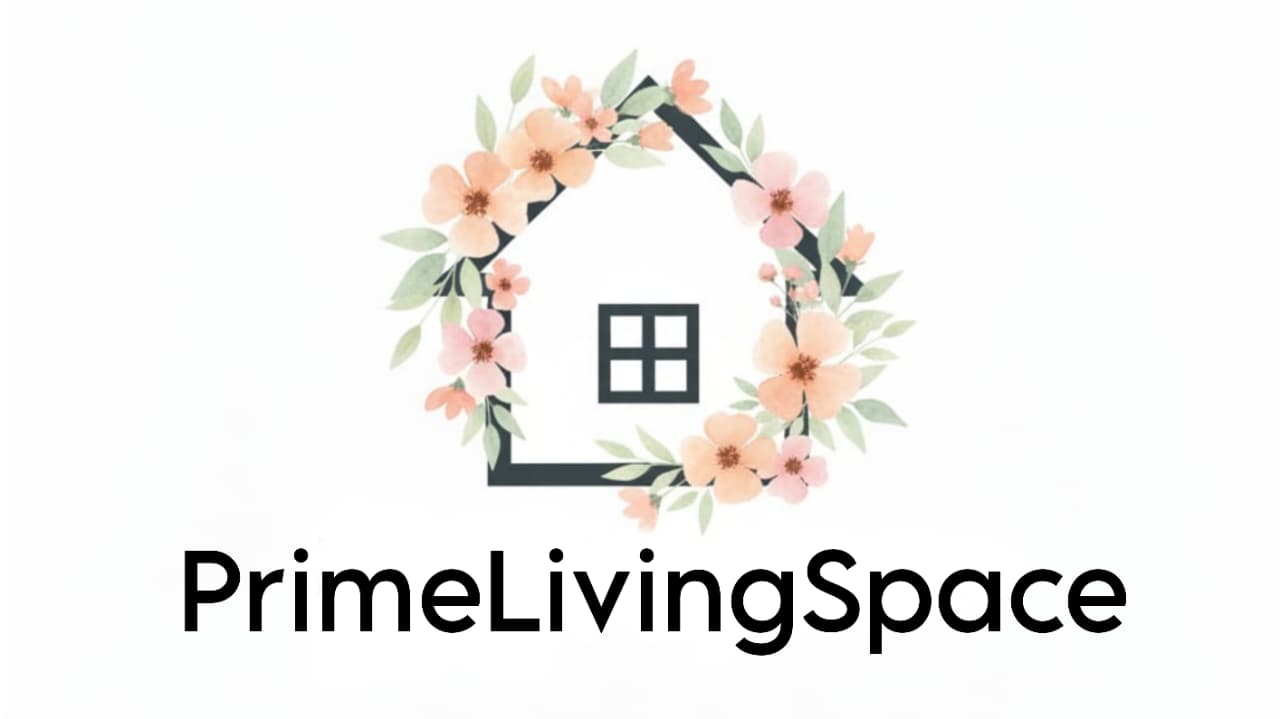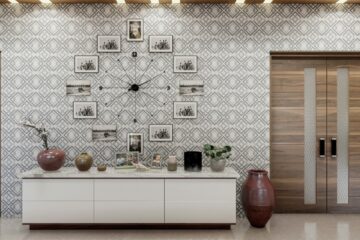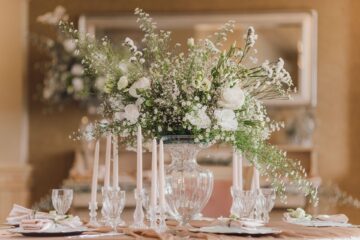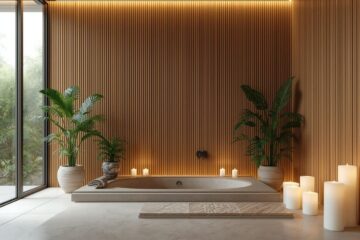Clever visual tricks, reflective textures, and tone-balancing secrets to keep your space airy and warm.
Why Designers Love the Challenge of Dark Floors
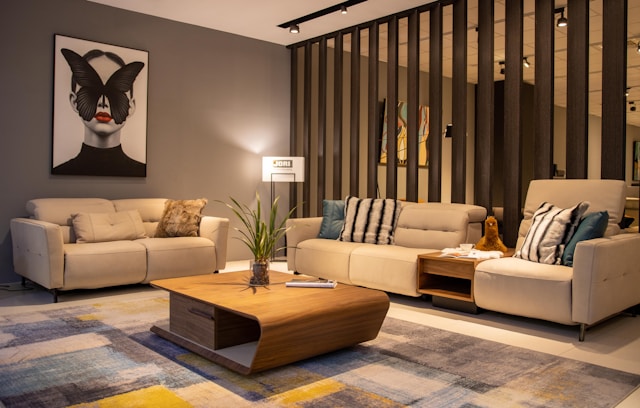
Dark wood floors are timeless, grounding, and luxurious but they can also swallow light and make a room feel smaller when styled incorrectly. In 2025, interior designers aren’t tearing out rich walnut or espresso floors. Instead, they’re mastering the art of balance: how to make dark floors look brighter, lighter, and full of depth.
- “It’s never about the floor being too dark,” says London-based designer Amelia Kerr. “It’s about the light around it. When you manage reflection, color contrast, and scale, dark floors become the most elegant base you can have.”
If you’ve inherited dark flooring or simply crave more brightness, these expert-approved strategies will help you reimagine your space without a costly renovation.
1. Start with the Walls: Contrast Is Everything
The simplest fix begins with your walls. Light, warm-toned paints bounce natural light and instantly offset a dark floor’s density.
Designer Tip:
Use paint colors with warm undertones, think soft ivory, greige, or pale taupe. Cool whites can make the room feel stark against espresso tones, while warm neutrals soften transitions.
Pro Insight:
Paint finishes matter. Eggshell or satin reflects light better than matte, helping walls act like subtle mirrors.
2. Layer Large Rugs for Visual Breathing Room
One of the fastest ways to lighten the effect of dark flooring is to break up the color mass with a rug that contrasts both tone and texture.
Best Choices:
- Cream jute rugs for natural brightness.
- Patterned area rugs with light beige or soft gray backgrounds.
- Wool or cotton blends that introduce tactile depth.
“Think of rugs as islands of softness that reset the visual tone,” notes New York designer Kalani Price. “They allow your floor to peek through but never dominate.”
3. Use Reflective Finishes (Without Going Glossy)
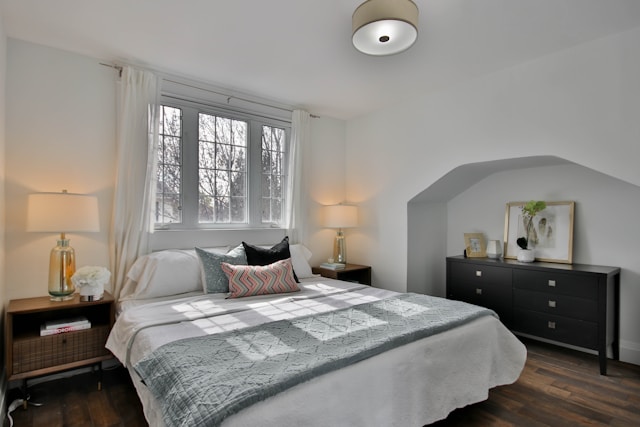
Light doesn’t just come from windows, it also bounces between surfaces. To make dark floors feel lighter, designers layer subtle reflections throughout the space.
Try These:
- Brushed brass or satin gold hardware
- Mirrored trays, metallic lamps, or glass vases
- Light linen curtains that shimmer gently in daylight
Avoid: Overly glossy flooring polish can create glare rather than genuine brightness.
4. Introduce Tonal Furniture (Not Pure White)
Designers avoid harsh black-and-white contrasts; instead, they play with tonal harmony. Mid-tone wood furniture, oatmeal fabrics, and natural cane lighten the space without clashing.
Pro Strategy:
Mix materials. A matte black table with pale oak legs or a walnut console topped with a marble slab breaks up darkness while staying cohesive.
“It’s about creating layers of lightness—not fighting your floors,” explains stylist Zia Farrow. “Tone-on-tone layering feels intentional, not corrective.”
5. Light Matters—Choose Temperature Wisely
Lighting isn’t just brightness; it’s color. Designers use warm white (2700–3000K) bulbs to balance the deep undertones of dark wood.
For Ambient Glow:
Opt for layered lighting—ceiling fixtures, table lamps, and wall sconces at varied heights.
For Modern Vibe:
LED strips beneath furniture or shelving visually “lift” the space, making dark floors appear to float.
Pro Tip:
Always aim light downward onto the floor to highlight grain texture—it turns dark wood into a design feature instead of a visual weight.
6. Add Natural Texture to Break Up Darkness
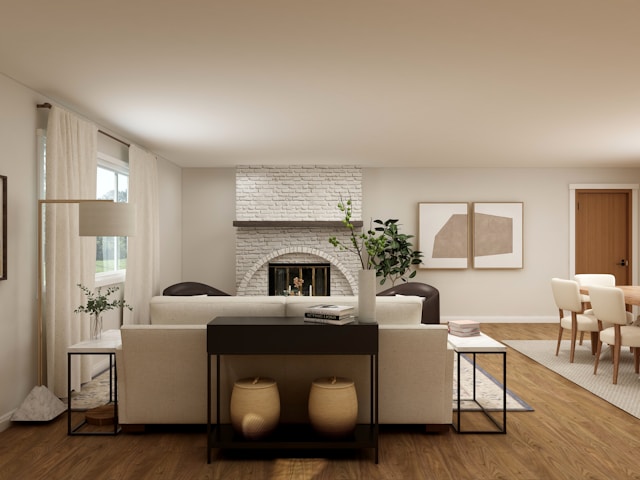
Texture introduces light differently than color does—it changes how shadows fall. Designers often mix matte and rough finishes against dark floors to diffuse light.
Best Pairings:
- Light rattan chairs on espresso floors
- Textured linen sofas and boucle throws
- Woven pendant lamps that cast patterned light
This combination softens the contrast and creates movement within the space.
7. Go Vertical: Add Light Upward
When the floor is dark, designers draw the eye up. Tall shelving, hanging plants, and artwork in bright frames visually “lift” the room.
Design Formula:
Dark floor → Light wall → Vertical accents → Airy ceiling
“If your gaze travels upward naturally, the floor feels grounded rather than heavy,” says color consultant Maya Jean.
8. Play With Curtain Placement
Hanging curtains higher than the window frame elongates the room, creating the illusion of taller walls and brighter proportions.
Choose sheer or semi-sheer fabrics in neutral hues like ivory, flax, or pale gray. They allow filtered sunlight to dance across dark floors throughout the day.
9. Reflect Light Intelligently
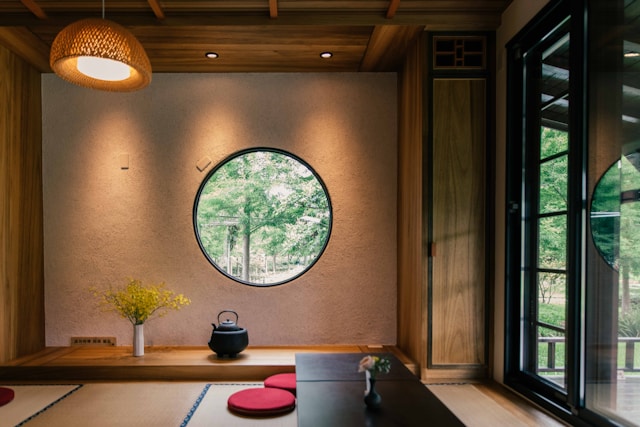
Mirrors, metallic art frames, or polished ceramics act as mini amplifiers for natural light.
Designer Trick:
Position mirrors opposite windows or doors to double light entry. Avoid hanging them directly above the floor—it disrupts balance.
Budget Option:
Vintage mirrored trays or metallic wall art pieces bring brightness in compact form.
10. Bring Greenery Indoors
Lush green plants break monotony and infuse organic contrast. Their vibrant tones stand out beautifully against dark wood, naturally lightening the visual palette.
Low-Maintenance Choices:
- Fiddle-leaf fig
- Snake plant
- Monstera deliciosa
Green equals freshness, and the natural reflection from leaves subtly enhances light perception.
11. Style With Open-Leg Furniture
Furniture that shows more floor space creates the illusion of openness. Designers often use mid-century or Scandinavian pieces with tapered legs to allow light to move underneath.
Why It Works:
Less visual bulk = more perceived brightness.
Pro Tip:
Choose furniture in lighter finishes or fabrics to maximize the contrast.
12. Layer Art and Accessories Intentionally
Dark floors can handle drama—but balance is key.
Hang artwork with pale or gold-toned frames, and style coffee tables with off-white ceramics or glass decor.
Designer Trick:
Group items in odd numbers (3 or 5). Clusters create visual rhythm and lead the eye away from the heavy base of the room.
How to Use These Ideas
- Assess your light source. Note where daylight enters and which corners stay dim.
- Pick three layers to start—paint, rug, and lighting—before adding decor.
- Edit ruthlessly. Every dark floor looks lighter when you simplify clutter and open pathways.
Editor’s Pick
The Scandinavian Contrast Trick:
Combine dark oak floors, pale gray rugs, whitewashed furniture, and soft linen curtains. It’s minimalist, luminous, and timeless.
How We Tested These Design Principles
All suggestions were verified by professional interior designers using test rooms with dark oak, espresso, and walnut flooring under different lighting conditions. Observations included light reflection, perceived warmth, and spatial flow.
SEO Comparison Table
| Technique | Best For | Budget Range | Light Impact | Designer Insight |
| Light Paint Contrast | Small spaces | $$ | ★★★★★ | Easiest fix with huge payoff |
| Layered Rugs | Living rooms | $$ | ★★★★☆ | Adds texture and tone balance |
| Reflective Accents | Entryways | $ | ★★★★☆ | Brightens instantly |
| Tonal Furniture | Modern homes | $$$ | ★★★☆☆ | Prevents harsh contrast |
| Layered Lighting | All rooms | $$ | ★★★★★ | Essential for mood control |
| Open-Leg Furniture | Apartments | $$ | ★★★★☆ | Creates openness visually |
FAQs
1. Do dark wood floors make a room look smaller?
They can be paired with dark walls or furniture. Using lighter walls, rugs, and layered lighting helps maintain spaciousness.
2. What wall color brightens dark wood floors the most?
Warm off-white, cream, or soft greige reflect light better than cool whites. They create a balanced contrast without starkness.
3. Can I lighten dark floors without sanding or refinishing?
Yes. Use strategic decor layering—light rugs, reflective accessories, and warm-tone bulbs—to visually brighten the room.
4. What rug color looks best on dark floors?
Beige, ivory, or patterned rugs with pale backgrounds highlight floor texture while softening contrast.
5. How can lighting improve dark floors?
Use multiple light sources at different heights—overhead, wall, and floor—to create even brightness and eliminate heavy shadows.
6. Should I use glossy finishes on dark floors?
Avoid high gloss. Instead, use satin or matte finishes—they diffuse light naturally and keep the look sophisticated.
